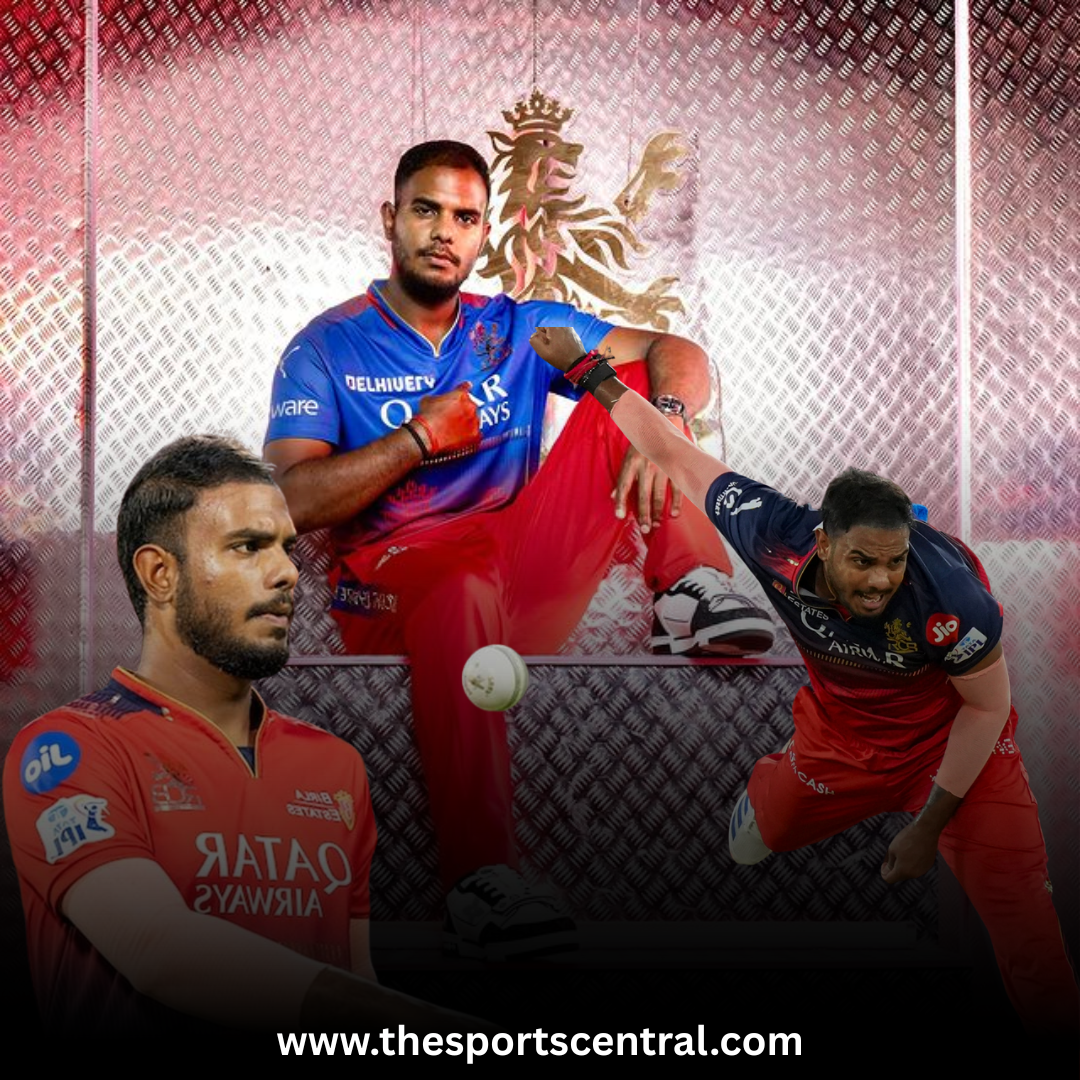The world of cricket has witnessed its fair share of controversies over the years, but few incidents have captured the public’s attention quite like the infamous “Slap Gate” involving Harbhajan Singh and S Sreesanth during the inaugural season of the Indian Premier League (IPL) in 2008. The altercation, which occurred after a match between the Kings XI Punjab and the Mumbai Indians, sent shockwaves through the cricketing community and sparked a media frenzy that continues to be discussed to this day.
The incident unfolded shortly after the conclusion of a heated match between the Kings XI Punjab, led by Yuvraj Singh, and the Mumbai Indians, captained by Sachin Tendulkar. Following the Kings XI Punjab’s victory over the Mumbai Indians in Mohali, tensions were running high as players from both teams made their way off the field.
It was during this post-match commotion that Harbhajan Singh, the fiery off-spinner known for his aggressive on-field demeanor, allegedly struck S Sreesanth, his Indian teammate and rival, in the face with his right hand. The incident was captured by television cameras and quickly spread across news outlets, sparking outrage among fans and pundits alike.
For many, the altercation between Harbhajan and Sreesanth came as no real surprise. Both players had developed reputations for their volatile temperaments and propensity for on-field confrontations. However, the public nature of the incident, occurring as it did during the high-profile IPL tournament, ensured that it would become one of the most talked-about controversies in cricketing history.
In the aftermath of the incident, Harbhajan Singh was suspended from the IPL for the remainder of the season, while S Sreesanth faced criticism for his role in provoking the altercation. The incident also strained relations between the two players and their respective franchises, adding another layer of drama to an already contentious situation.
However, the controversy surrounding Slap Gate did not end there. In 2013, S Sreesanth reignited the debate by claiming that the incident had been staged and that the real footage of the altercation was being withheld by the IPL administration. According to Sreesanth, the incident was part of a larger conspiracy orchestrated by those with vested interests in the IPL.
Sreesanth’s allegations added a new twist to an already convoluted saga, prompting renewed speculation and scrutiny from cricket fans and analysts. While some dismissed Sreesanth’s claims as baseless, others pointed to inconsistencies in the official narrative and called for a more thorough investigation into the matter.
As of now, the true story behind Slap Gate remains shrouded in mystery, with conflicting accounts and unanswered questions leaving many wondering what really transpired on that fateful day in 2008. While some view the incident as a regrettable blemish on the careers of two talented cricketers, others see it as a cautionary tale about the perils of unchecked aggression and the importance of sportsmanship in cricket.
Regardless of where the truth lies, one thing is certain: Slap Gate will forever be remembered as one of the most controversial and talked-about moments in the history of the IPL. Whether it was a spontaneous outburst of emotion or a carefully orchestrated ploy, the incident serves as a stark reminder of the intense pressure and scrutiny that comes with competing at the highest levels of professional cricket.
As cricket continues to evolve and adapt to the changing times, it is imperative that players, administrators, and fans alike reflect on the lessons learned from incidents like Slap Gate and strive to uphold the values of integrity, respect, and fair play that are central to the spirit of the game. Only then can cricket truly fulfill its potential as a unifying force that brings people together across boundaries and cultures.
Rate us on Google reviews.










